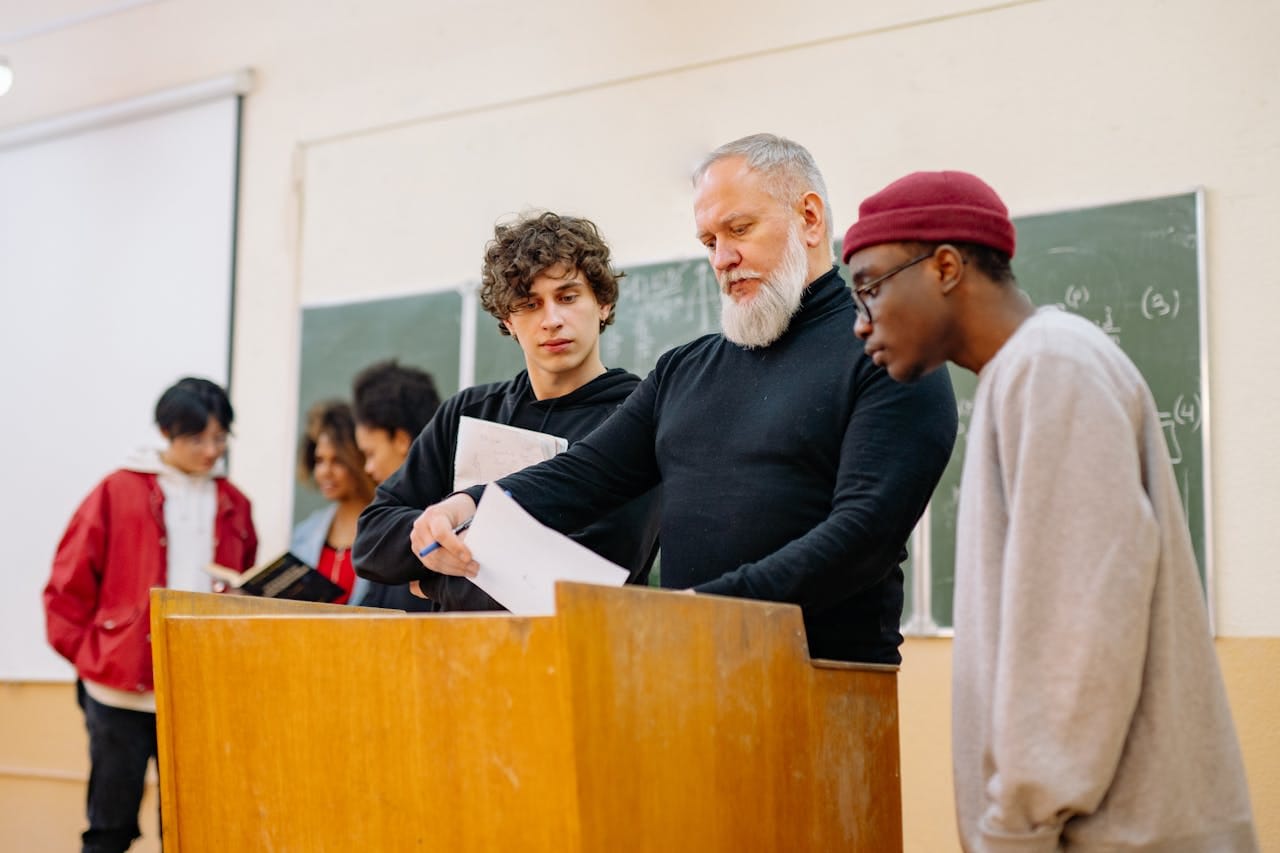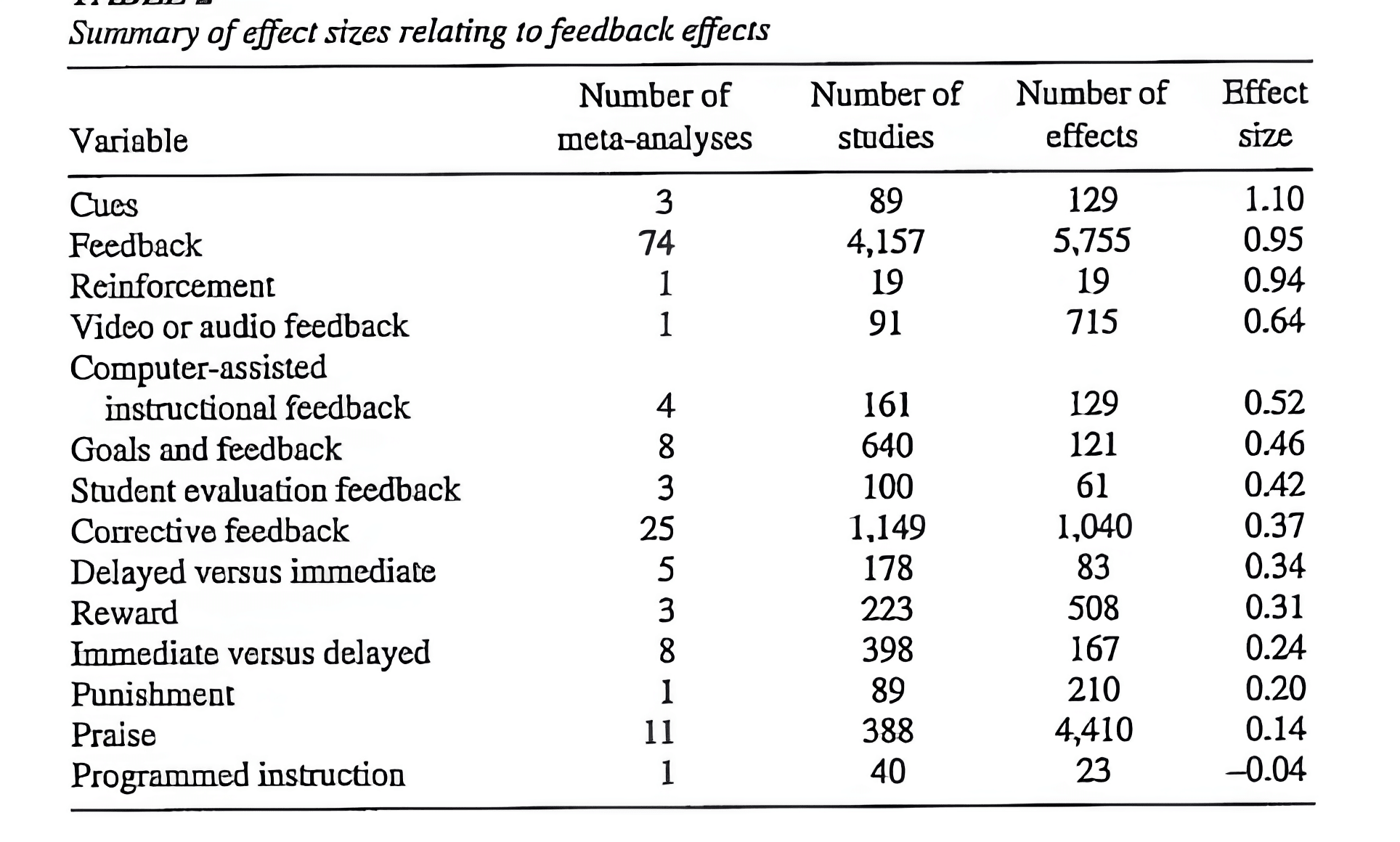Teacher feedback and student learning
The primary purpose of assessment and feedback is to improve teaching and learning. These two aspects are closely linked, and their effectiveness depends on each other.

The primary purpose of assessment and feedback is to improve teaching and learning. These two aspects are closely linked, and their effectiveness depends on each other. Assessment becomes more influential and purposeful when the information
drawn from it is utilized to adjust learning and teaching to meet student needs. Properly articulated feedback helps students improve their learning outcomes by providing them with information on their strengths and weaknesses and the necessary guidance to improve on their shortcomings. In this article, we will examine the relationship between teacher feedback and student learning.
💡 Lessons learnt: Good feedback is the key to improvement
Teacher and Student Attitudes toward giving and receiving Feedback
Teacher attitudes towards feedback have been found to influence the quality and quantity of feedback provided to students. Some teachers may see feedback as an opportunity to help students learn and improve, while others may view it as a burden or a necessary evil. Teachers who embrace feedback as a positive tool for growth tend to be more open and willing to accept constructive criticism, while those who view feedback negatively may resist it and be defensive. Teachers who have positive attitudes towards feedback were more likely to provide feedback that was specific and actionable. These findings suggest that teacher attitudes towards feedback can impact the quality and quantity of feedback provided to students.
Student attitudes towards feedback also impact the effectiveness of feedback in improving student learning outcomes. In a study conducted by Hounsell, McCune, Hounsell, and Litjens (2008), it was found that students who had positive attitudes toward feedback were more likely to use feedback to improve their work. The study also found that students who had positive attitudes toward feedback were more likely to seek out feedback from their teachers. These findings suggest that student attitudes towards feedback can impact how effectively feedback is used to improve student learning outcomes.
To promote positive attitudes towards feedback, teachers need to create a safe and supportive learning environment where feedback (both positive ) is seen as a natural part of the learning process. Teachers should emphasize that feedback is not meant to criticize or judge, but rather to guide and support students in their learning journey. Teachers who are able to provide constructive feedback that focuses on students' strengths and areas for improvement, help students feel more confident in their abilities and more motivated to continue learning.
The Importance of Feedback in Learning
Feedback can be used to motivate students by providing them with information on their progress and setting high expectations (Black and Wiliam 1998). Feedback helps increase students' self-efficacy by providing them with information on their strengths and weaknesses. Positive feedback, such as praise or recognition, activates the brain's reward system, leading to increased motivation and engagement in the learning process. This creates a positive feedback loop, where increased engagement and motivation lead to better performance, which in turn leads to more positive feedback.
According to Hattie and Timperley (2007), feedback is one of the most potent factors to enhance student learning. Feedback provides students with information on their progress, clarifies expectations, and identifies areas for improvement. Feedback helps students to understand what they are doing well and what they need to improve to achieve better outcomes. In their study, they found that feedback had a significant effect on student learning outcomes. The study also found that feedback was most effective when it was timely, specific, and actionable. In other words, feedback that was provided in a timely manner, that was specific to the student's work, and that provided actionable steps for improvement had the most significant impact on student learning outcomes.

Teacher feedback geared towards parents also helps parents identify any potential issues or concerns early on, such as learning difficulties or behavioral challenges. Parents can then work with teachers to develop strategies to support their child's learning and address any barriers to success at home, by providing additional resources, practicing skills, or reinforcing concepts covered in class.

Adiutor
Adiutor means "helper" - we do just that, by taking a load of your school administration and helping you focus on what matters most: the kids.
References:
Black, P., & Wiliam, D. (1998). Assessment and classroom learning. Assessment in Education: Principles, Policy & Practice, 5(1), 7-74.
Hattie, J., & Timperley, H. (2007). The power of feedback. Review of Educational Research, 77(1), 81-112.
Hounsell, D., McCune, V., Hounsell, J., & Litjens, J. (2008). The quality of guidance and feedback to students. Higher Education Research & Development, 27(1), 55-67.
Li, L., & Lam, B. H. (2013). Teachers' attitudes toward feedback and their feedback practice: A case of EFL writing in Hong Kong. System, 41(3), 365-378.
